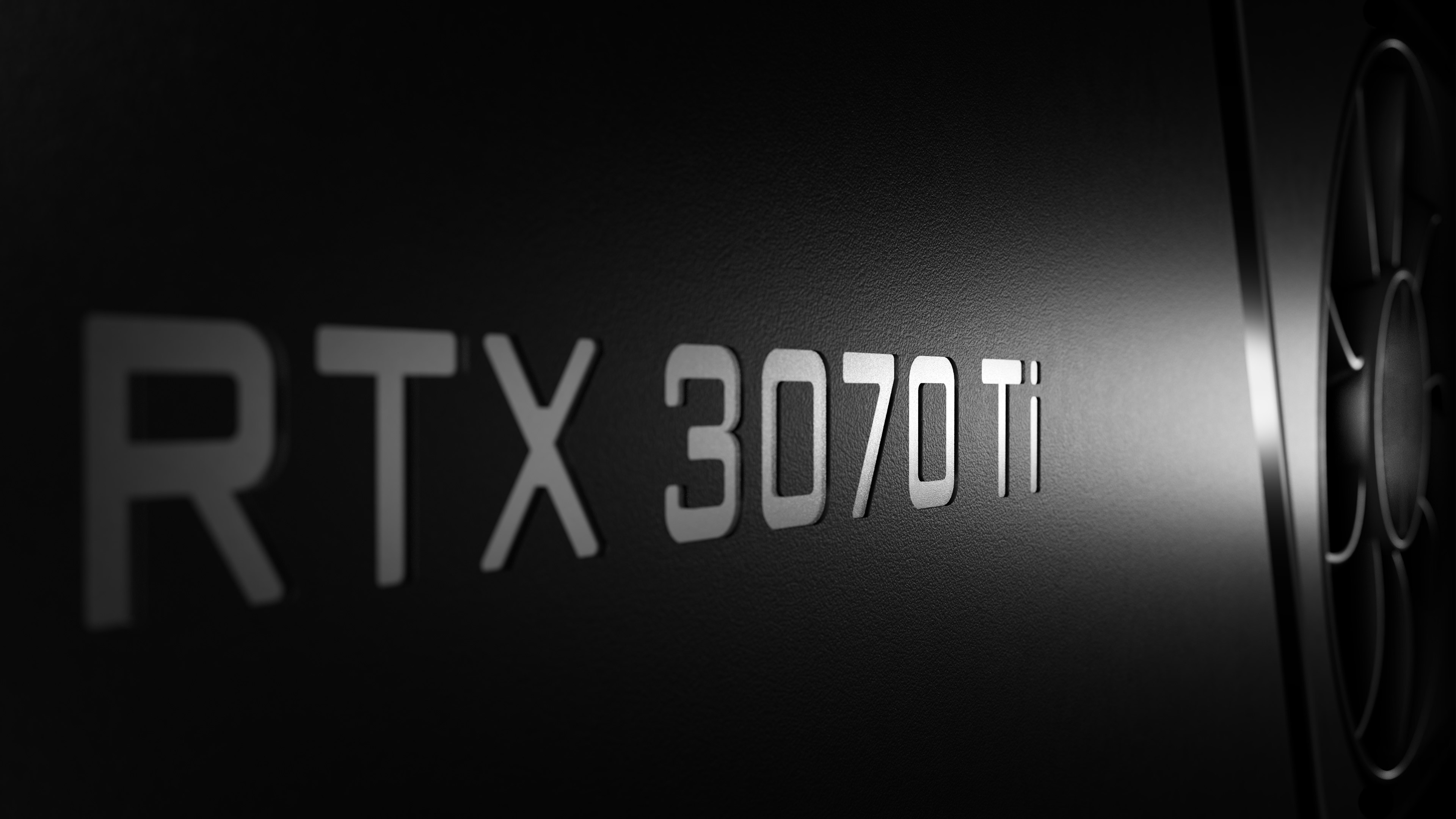

NVIDIA GeForce RTX 3070 Ti Review: The 1440p Sweet Spot
Pros
- Strong 1440p performance
- Capable 4K gaming with DLSS
- Better memory bandwidth than 3070
- Good ray tracing capabilities
- Efficient cooling design
Cons
- Higher power draw than 3070
- Price premium over 3070
- 8GB VRAM limitation
- Limited availability at launch
Introduction
The GeForce RTX 3070 Ti represents NVIDIA's attempt to bridge the considerable performance gap between the RTX 3070 and RTX 3080. With upgraded GDDR6X memory and additional CUDA cores, this card aims to deliver enhanced performance for both 1440p and 4K gaming.
Design and Build Quality
Following the design language established by other Ampere cards, the RTX 3070 Ti features NVIDIA's proven dual-axial flow-through cooling solution. The build quality is excellent, with premium materials and robust construction throughout.

Gaming Performance
The RTX 3070 Ti truly shines at 1440p resolution, delivering high refresh rate gaming across all modern titles. It's also capable of handling 4K gaming, especially when paired with DLSS.
1440p Gaming Performance
- Cyberpunk 2077 (Ray Tracing Ultra): 82 FPS
- Microsoft Flight Simulator: 95 FPS
- Red Dead Redemption 2: 118 FPS
- Call of Duty: Modern Warfare III: 142 FPS
Ray Tracing and DLSS
The second-generation RT cores provide strong ray tracing performance at 1440p, while DLSS support helps maintain smooth framerates in demanding scenarios. The combination is particularly effective in newer titles that support both technologies.

Content Creation
Content creators will appreciate the RTX 3070 Ti's capabilities:
- Video Editing: Strong performance in 4K timeline editing
- Streaming: Excellent NVENC encoding quality
- 3D Rendering: Good performance in Blender and similar applications
Thermal and Power Performance
The cooling solution effectively manages the card's increased power requirements:
- Load Temperatures: 74°C average under full load
- Fan Noise: 36dB under typical gaming loads
- Power Draw: 290W typical gaming power draw
Memory and Bandwidth
The upgrade to GDDR6X memory provides a significant boost to memory bandwidth compared to the standard RTX 3070, though the 8GB capacity might be limiting in some scenarios:
- Memory Bandwidth: 608 GB/s
- Memory Interface: 256-bit
- Memory Type: GDDR6X
Overclocking
The RTX 3070 Ti shows decent overclocking potential:
- Core: +150 MHz boost clock typical
- Memory: +800 MHz effective typical
- Power Limit: 105% maximum
These overclocks typically result in a 5-8% performance improvement.
Value and Conclusion
The RTX 3070 Ti occupies an interesting position in NVIDIA's lineup. While the price premium over the RTX 3070 is notable, the performance improvements, particularly in memory bandwidth and ray tracing, make it a compelling option for gamers targeting high refresh rate 1440p gaming or entry-level 4K.
Long-term Considerations
While the 8GB of VRAM might become a limitation in future titles at 4K resolution, the card's strong 1440p performance and DLSS support should ensure its relevance for years to come. The GDDR6X memory provides additional headroom compared to the standard RTX 3070.
Performance Benchmarks
4K Gaming Performance
Specifications
- cuda cores
- 6144
- boost clock
- 1.77 GHz
- base clock
- 1.58 GHz
- memory
- 8GB GDDR6X
- memory speed
- 19 Gbps
- tdp
- 290W
- recommended psu
- 750W
- architecture
- Ampere
- manufacturing process
- 8nm

